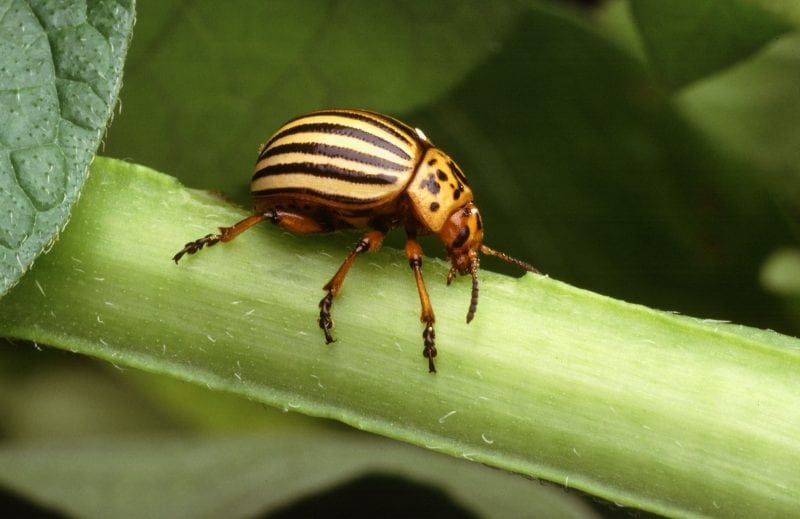
Pest insects and mites attack agricultural crops and forests directly or damage them by spreading diseases. They can also spread diseases to humans and livestock as well as having an impact on our biodiversity by spreading diseases to endangered species.
Attempts to control these organisms has tended to focus on the application of chemical pesticides. These toxins can be highly effective, but in hundreds of cases the insects and mites have fought back through evolution — changing their genetic makeup to become resistant to the chemicals, making chemical control ineffective until a new type of chemical with a different mode of action is developed, inevitably triggering a new cycle of evolution.
While this process of rapid evolution is well established in literature and provides an enormous challenge for health authorities in managing disease and for ongoing agricultural production, chemical stresses represents only one of the challenges to which insect and mite pests have adapted through evolution, and it is slowly being realized that other types of evolutionary change also raise issues for effective pest control.
Perhaps the most important of these challenges to which pests are adapting involve those associated with climate. These have been summarized by Hoffmann in a recent article in Current Opinion in Insect Science.
In southern Japan, pest moths of the species Hyphantria cunea have shifted from having 2 generations per year to having 3 generations, allowing them to take advantage of milder conditions. Pests have also evolved to become more resistant to extreme climatic conditions which has allowed them to extend their geographic range. There has been a gradual spread in Colorado potato beetles (Leptinotarsa decemlineata) into northern Europe as the beetles have become better at overwintering under cold conditions. The mosquito disease vector, Aedes japonica, has expanded its range by adapting to warmer conditions in the Pacific over 7-10 years
Evolutionary changes often occur when pest species invade new areas where they have not been found before. Work in Hoffmann’s lab on redlegged earth mites (Halytodeus destructor) have become capable of tolerating warmer and drier conditions in Australia compared to their area of origin in South Africa, allowing them to move inland into more arid regions of Australia away from the coast. This means that the distribution of this major pest of canola and pastures has become much wider than in its original habitat where it is only considered a minor pest.
Where evolved changes have taken place, it may be possible to isolate the genes that are important in the adaptive process, much the same way the genes involved in insecticide resistance have been identified. The brown plant hopper, Nilaparvata lugens, is an important pest of rice and differences in the expression of one gene unregulated by heat shock has occurred to change the sensitivity of this species to heat stress.
Pests are likely to be able to evolve quickly because they have short generation times and because they occur at a large population size. The former ensures that selection acts quickly to change the genetic constitution of populations across generations – a gene favored under selection will increase in frequency, and every time (generation) that selection acts will force it to increase further. Large populations mean that rare genes that are favoured by selection are more likely to be found in populations. These can then increase quickly from a low level, whereas in small populations slow mutation processes will be needed to produce the genes in the first place.
Rapid adaptation to climate has implications for pest management. It means that insect and mites can become a pest in areas where they were not expected to be a problem. It also means that they may start to cause more damage in an area where they have become established. Finally, it means that chemical control sprays that target a specific life stage might become ineffective as the pest evolves to emerge earlier and take advantage of new favourable conditions, increasing levels of damage. Evolutionary adaptation will keep agencies involved in managing pests on their guard: unexpected changes might occur any time to make pest organisms more problematic to control.
These findings are described in the article entitled Rapid adaptation of invertebrate pests to climatic stress?, recently published in the journal Current Opinion in Insect Science. This work was conducted by Ary A Hoffmann from the University of Melbourne.









